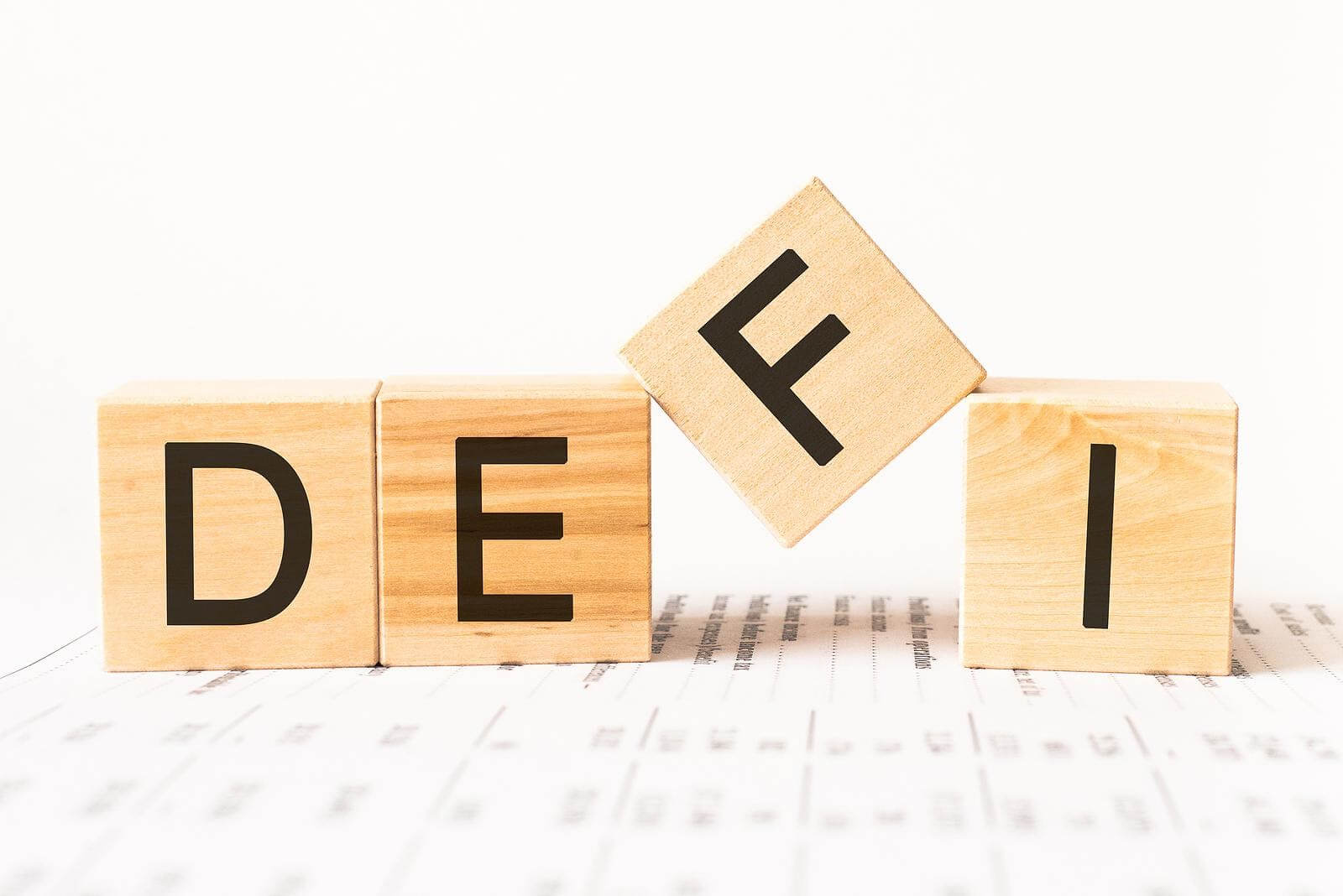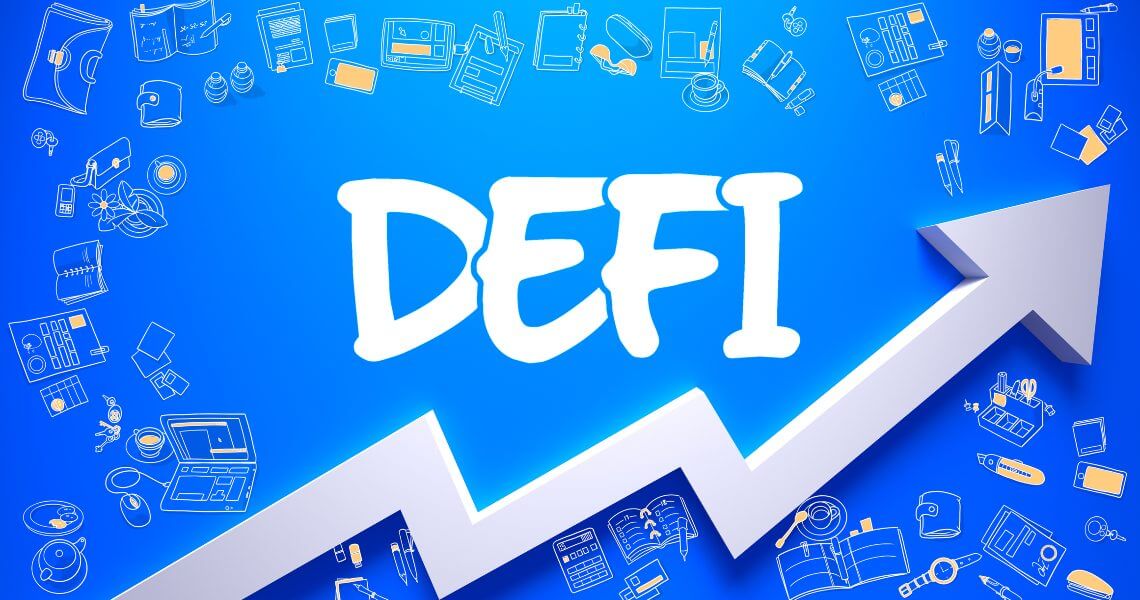For a crypto enthusiast, there could never be a better time to be alive. First, there’s their growing acceptance as a store of value. Additionally, developers keep churning out exciting products promising to revolutionize our financial lives. One such product is Defi, and 2020 has seen its popularity grow in leaps and bounds.
To the Defi proponents, it is the magic pill that will cure the shortfalls of conventional finance. Often Defi Investments are portrayed as a sure way to wealth. Though, a keen look at the sector reveals the presence of pitfalls amidst the opportunities always touted. Making headway in this space, therefore, demands prudence.
What then are the risks accompanying Defi Investments? What are the ways of mitigating them? Stay with me as we unearth the risks to expect when you invest in the sector and the measures to protect your investments from them.
Which are the Major Risks in Defi Investments?
We can categorize the risks in the Defi sector into three, namely, technical risk, financial risks, and procedural risks. We shall now embark on explaining each of these briefly.
Technical Risks
Technical risks arise from malfunctions in the protocols, hardware, and software of a Defi platform. They are critical since they compromise the platform’s functions. They include:
Smart Contract Risks
Smart contracts are the lifeline of Defi. They are central to the execution of most functions. Therefore any error in their operation will impact the Defi they run on and imperil users’ funds.
Smart contracts are human-made and, therefore, prone to bugs and other vulnerabilities. Unscrupulous individuals will exploit these to gain unauthorized control over the protocol’s functions. Recently, there have been reports of incidences of smart contract exploits that led to the loss of funds.
Hardware risks
Hardware is the foundation on which Defi services run. Compromised hardware impacts the proper functioning of a Defi platform. Common hardware risks affecting DeFi systems include:
- The power issues may cause unreliability of the service or application, diminished service life and performance.
- Sensitivity risks result from degradation, humidity, dust, or other similar issues.
- Incompatibility risks can limit the speed of the system and other issues.
Software Risks
The entire Defi ecosystem runs on software. A corrupted software impedes the proper functioning of the Defi platform. These risks present in different ways:
- Distributed Denial of Service (DDoS) attacks disrupt the normal functioning of an app or service.
- Injection risks introduce malicious code into the DeFi software, for instance, SQL injection into web apps.
- Uncontrolled format strings execute malicious code in a web app.
- Overflow risks cause the software to skip certain functions or implement them in error.
Financial Risks Related to DeFi
Most information on Defi only speaks of the profit-making part. Whereas it is true that with wise investments, one can make a ton, there’s also the possibility of incurring losses. Financial risks are those that put you in danger of losing your funds. These include:
Impermanent loss
Impermanent loss occurs when you fund a liquidity pool, and the price of your deposited assets falls compared to when you deposited them. In an ironic twist, you discover that you’d have been better off hodling them.
Currency Fluctuations
The whole crypto space is very volatile. Cryptocurrencies experience upturns and downturns spectacularly. If you invest funds in a particular crypto asset, then its price falls, you experience a loss. The same obtains for staked assets. Should the supporting asset decline in value, it will take the supported down with it.
Scams
The Defi Sector is crawling with persons and entities of dubious intentions. These fashion different kinds of scams to the detriment of unsuspecting investors. Some of the means they employ include:
Exit Scams
Unscrupulous promoters dupe investors by setting up a project with a seemingly attractive concept. They collect funds through an ICO and melt away with the loot. A case in point is YFDEX. Finance’s heist.
Pump and Dump Schemes
Whales create an artificial demand for a coin/token, thereby drawing in investors. Later they withdraw their funds at a profit. Consequently, the market plummets, leaving the rest counting losses.
Fake Airdrops and Rewards
Scammers create fake Airdrops and giveaways to access private keys and personal info. They then use these to defraud you of your funds.
Defi Rug Pulls
Defi rug-pulls scams involve minting new tokens, marketing, and listing them on Uniswap. The masterminds inject liquidity, convincing trusting investors to swap their ETH for the token. After that, the cons withdraw the funds leaving holders high and dry.
Procedural Risks in DeFi
These are the risks arising from one’s usage of the Defi platforms and attendant infrastructure. They include:
Phishing Attacks
Here a malicious player duplicates a website or service, duping the unsuspecting into sharing sensitive information. Alternatively, they could send emails that install malicious code on their devices. Then they use the victim’s sensitive information siphoning their funds.
Pretexting
A hacker poses as a representative of a DeFi service and convinces users to share sensitive information.
Exposure of Login Credentials
At times a user may knowingly or unknowingly expose their login details. Anyone with ill motives will use these to access their accounts.
Loss Of Login Details
Users may forget their login credentials. They, therefore, cannot access their accounts, leading to a loss of investments.
How Do You Mitigate Risks Associated With Defi Investments?
The Defi space can be unforgiving to anyone who navigates it without caution. One needs to guard their investments jealously. Here’re a few pointers on how to protect yourself from the risks outlined above:
Deal with Authentic Products and Services Only
Use products and services whose authenticity you’re sure about. Before settling on a product/service, DYOR! Look at reviews and recommendations about them. From there, you’ll get a good feel of what you’re getting into. Negative reviews are your cue to take off.
Use Multi-Factor Authentication
Secure your logins with several verification instruments. Examples include email confirmations, two-factor authentication, and multi-sig authentication.
Keep it Private
Treat your Defi investments like any other sensitive and personal information: private! Doing so helps ward off hackers’ attention.
Secure Your Digital Assets
The security of your investment is a wallet away. Hot wallets are ideal for actively accessing DeFi services. Cold wallets, on the other hand, are suitable for offline storage. Invest in a dependable wallet
Make Updates and Backups Your Friends
You must keep a backup of your sensitive information, including login credentials. Besides improving user experiences, upgrades, and patches of Defi solutions resolve vulnerabilities.
Takeaways
Don’t be fooled! Defi is not always about sunshine and rainbows. Behind the much-publicized good lurks danger. The Defi space is full of risks that can wipe out our investments if we don’t exercise caution. These risks present themselves in three broad categories: that is technical, financial, and procedural. Each of these broad categories has its specific shape of risks as has been elucidated. That said, any investor should take comfort that there are mitigation measures that they can take to protect themselves. Their judicious utilization will shield them from funds loss.


